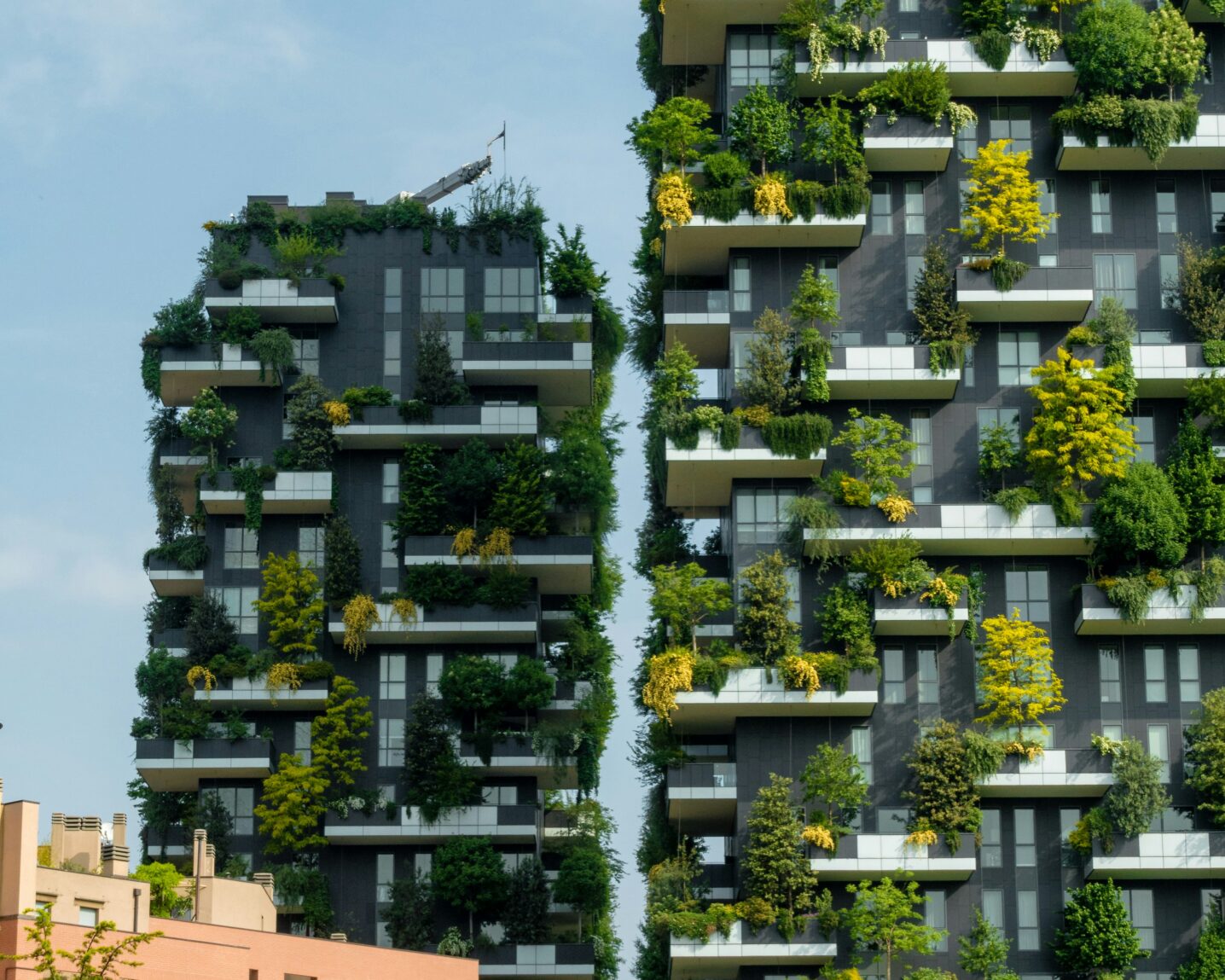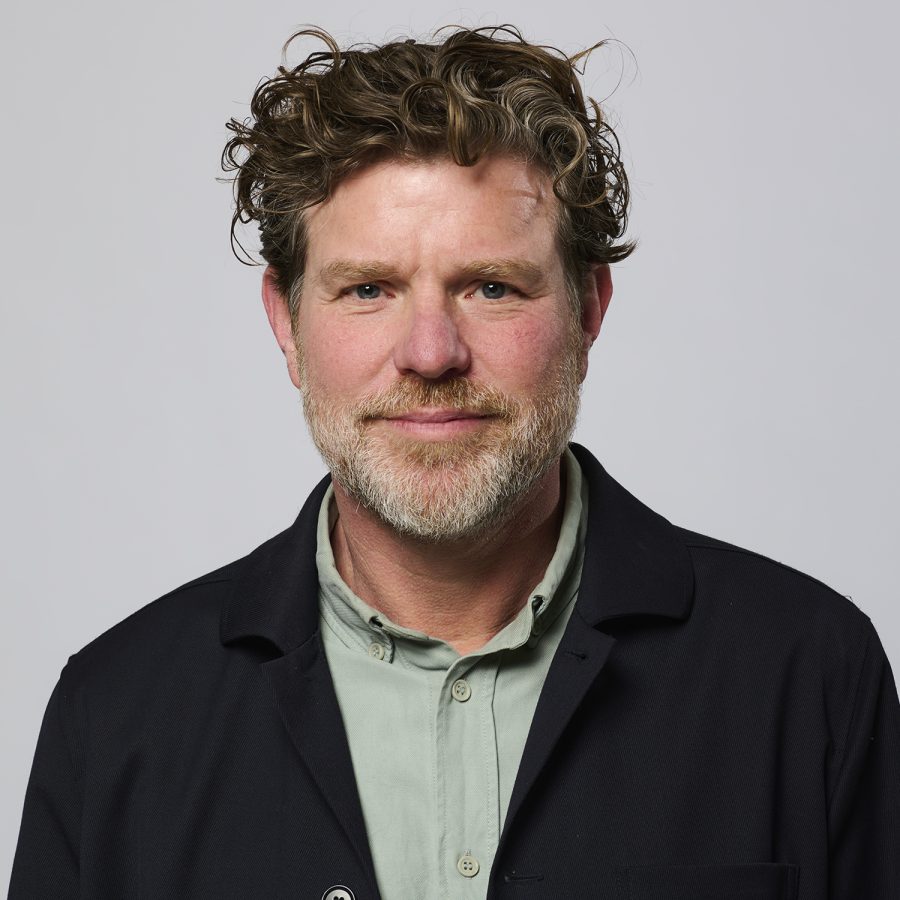Securing nature in the property investment chain
In Europe, new regulations are increasingly asking for biodiversity to be taken into account within the built environment. The financial sector is also being asked to invest in ways that positively impact on biodiversity. Real estate investments can address biodiversity more effectively by opting for biodiverse green spaces.

The challenge
CBRE Investment Management (CBRE IM) (manages real estate assets and is investing, on behalf of their investor, in the development of WesterparkWest 2B in Amsterdam. The investor requested insights into the impact of real estate developments on biodiversity. The challenge lies in securing biodiversity throughout the entire real estate investment chain.
The approach
Biodiversity often receives little attention when investing in and developing real estate. However, small adjustments in the design of the outdoor space, especially in new developments, can significantly benefit nature and biodiversity if addressed early and safeguarded throughout the development process.
To make recommendations for promoting biodiversity, four scenarios were mapped and calculated; the former buildings, an aesthetic landscape design, an ecological landscape design and a design outlining the maximum potential of the planning area. In collaboration with ecological consultancy Waardenburg Ecology, the aesthetic landscape design for the outdoor green space of the property was considered. To achieve a positive impact on biodiversity, the consultancy recommended an adapted ecological design, including native planting, hedgehog houses and cluttered corners, to promote species diversity and abundance. Species and habitats in the surrounding area were also considered to create habitat for certain target species and the outdoor green space can serve as a stepping stone to promote green links.
In addition to ecological measures, green measures such as a green roofs have a positive effect on nature and climate by cooling the environment and capturing carbon dioxide. Green facades, roofs and balconies are particularly effective. However, implementing these desirable green measures in property development/investment can be challenging due to high costs, construction stages or building requirements.
Comparing the scenarios shows that the property development positively impacts biodiversity and climate compared to the former buildings, mainly due to the number of square metres of nature added. Opting for an ecological design of the outdoor space can further enhance species and diversity. The climate effects remain similar because no more area of green space is created compared to the landscape design. In fact, a smaller number of trees is chosen to avoid additional shading. The costs for the ecological design are lower than those for the aesthetic design, partly because native planting is chosen. The maximum potential design further increases the positive impact on biodiversity and climate by maximising green areas on roofs, facades and balconies.
Securing biodiversity throughout the property development chain, from sketch design to construction and management, requires a different approach. Discussions with developers, a programme of requirements and (self) management contracts can help to achieve this assurance. Real estate investors, such as CBRE IM, can play a role by actively steering towards values of nature in the design, ensuring requirements during construction, prioritising ecological management and involving natural values monitoring parties in the process.
Read more in the article:

Impact
A stronger commitment to biodiversity can be made by using the same budget to develop green space differently.


